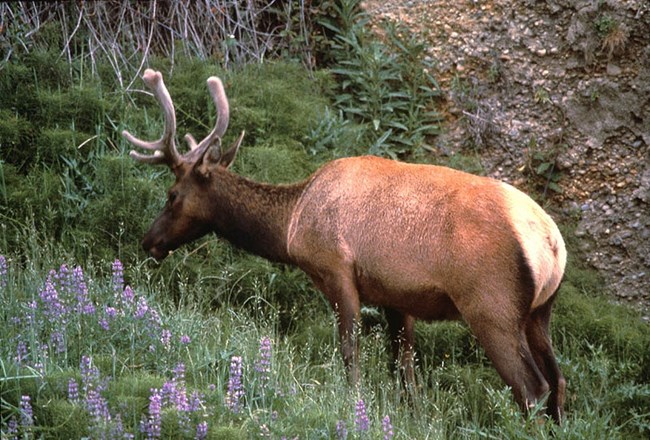Last updated: March 30, 2023
Article
2,000 Years My Senior: Generation Gaps in Redwood National and State Parks

NPS Gallery *Images credited to NPS without any copyright symbol are public domain
The Redwoods National and State Parks in northwestern California preserve about 40,000 acres of old-growth forest and dozens of walkable trails, making it easy to get up close to these old giants. Visitors wrap their arms around bark wrapped bases, pass through damp trunk tunnels, and fill camera frames with themselves standing in front of the bottom fiftieth part of the largest trees – for scale, of course. For generations, people have been breathing alongside these same trees. From the indigenous tribes of the North California Coast, to the miners, to the loggers, to the conservationists, these same trees have lived a single life that is segmented, from the human-perspective, into a series of time periods. They have witnessed and endured varying attitudes and ways of life. They hold history, memories. They remind us of the past and our connection to it.
However, humans have not been the only ones leaving prints on these soft, pine-bedded forest floors. Roosevelt Elk populations in the area have grown in the past century, thanks to habitat restoration, making elk the most viewed mammal in the Redwood Parks. They meander from groves, to meadows, to nearby beaches, awing visitors with their enormous size and contradictory grace. At an average weight of between 700 and 1,000 pounds, you’ll want to meet these locals, preferably from a safe distance.
If you find yourself wanting to emerge from the wet, dimly lit understory of the old-growth redwoods, there are 34 miles of preserved coastline in Redwood State and National Parks. Where the forest ends on its western edge, you can explore pristine dunes, vibrant tidepools, and windy cliffs on the edge of the Pacific Ocean. With dozens of year-round campgrounds nearby, you can follow your wonder for as long as you’d like. Being the youngest isn’t a bad thing, it just means that there’s more to learn from those who came before you.

NPS Gallery *Images credited to NPS without any copyright symbol are public domain
Writing Prompt written by Jadyn Pando
for "A Day in the Life of a Fellow" Article Series
National Park Service - Workforce Management Fellow
in Partnership with Northwest Youth Corps
